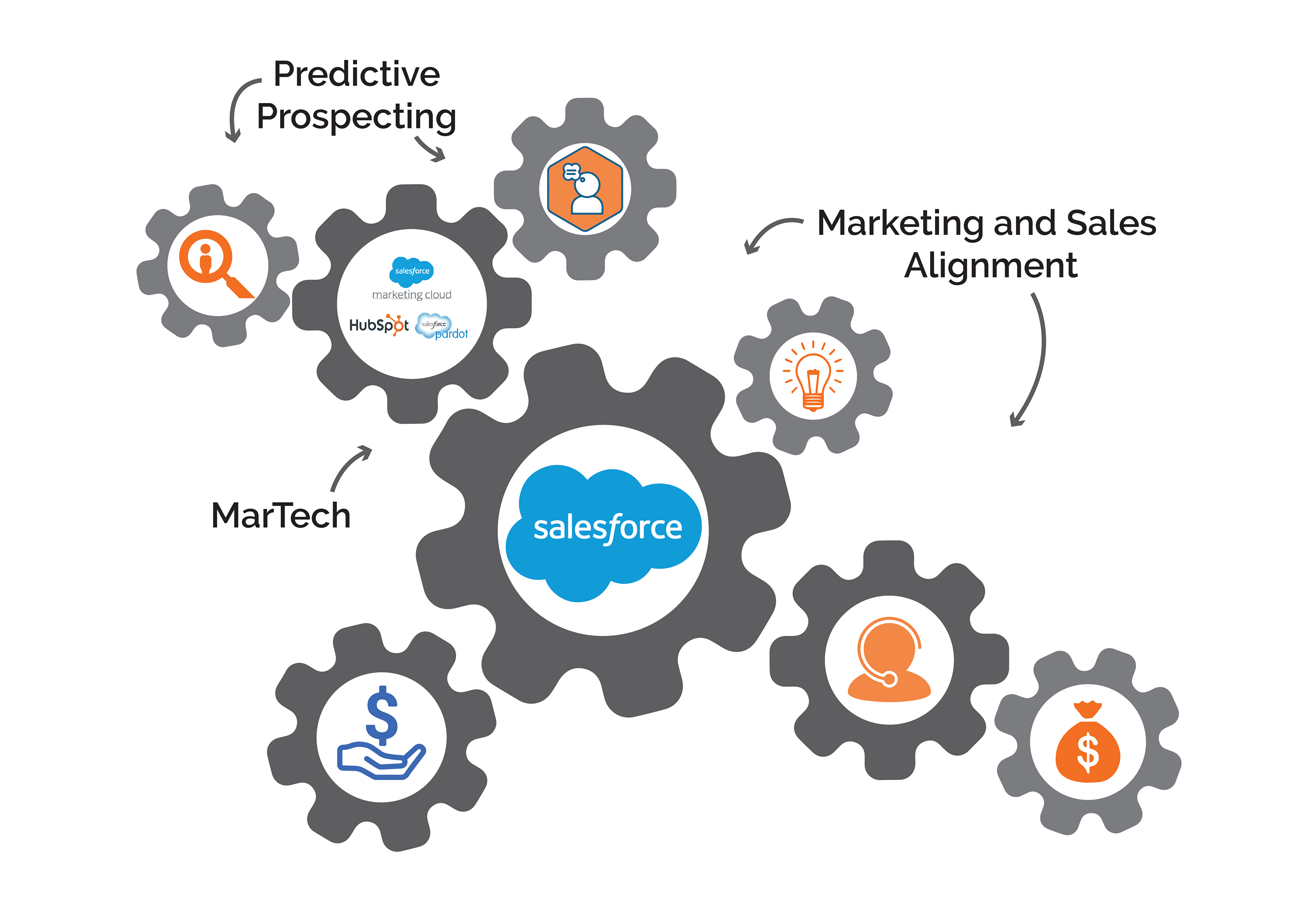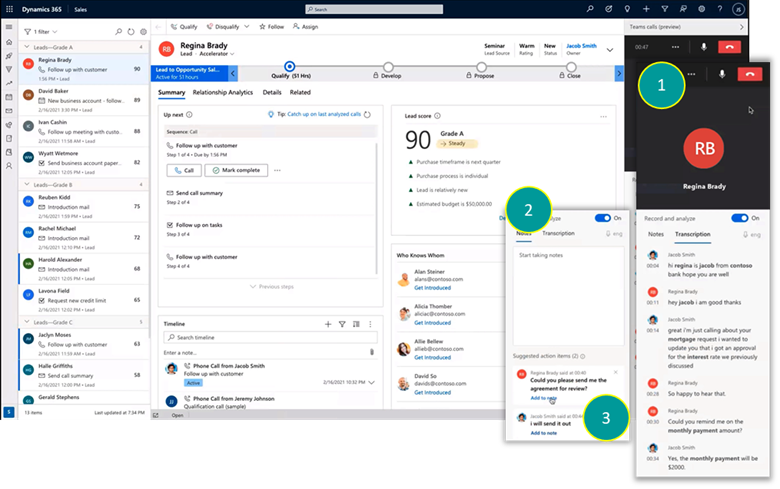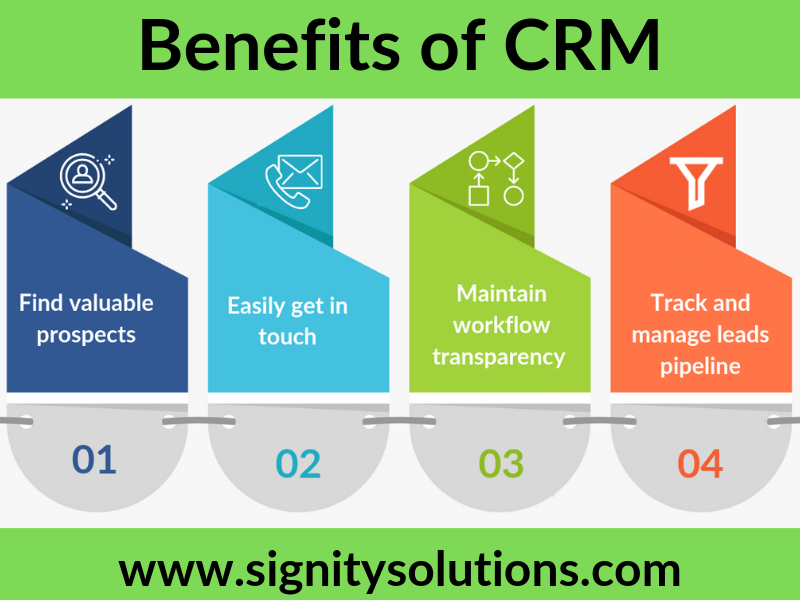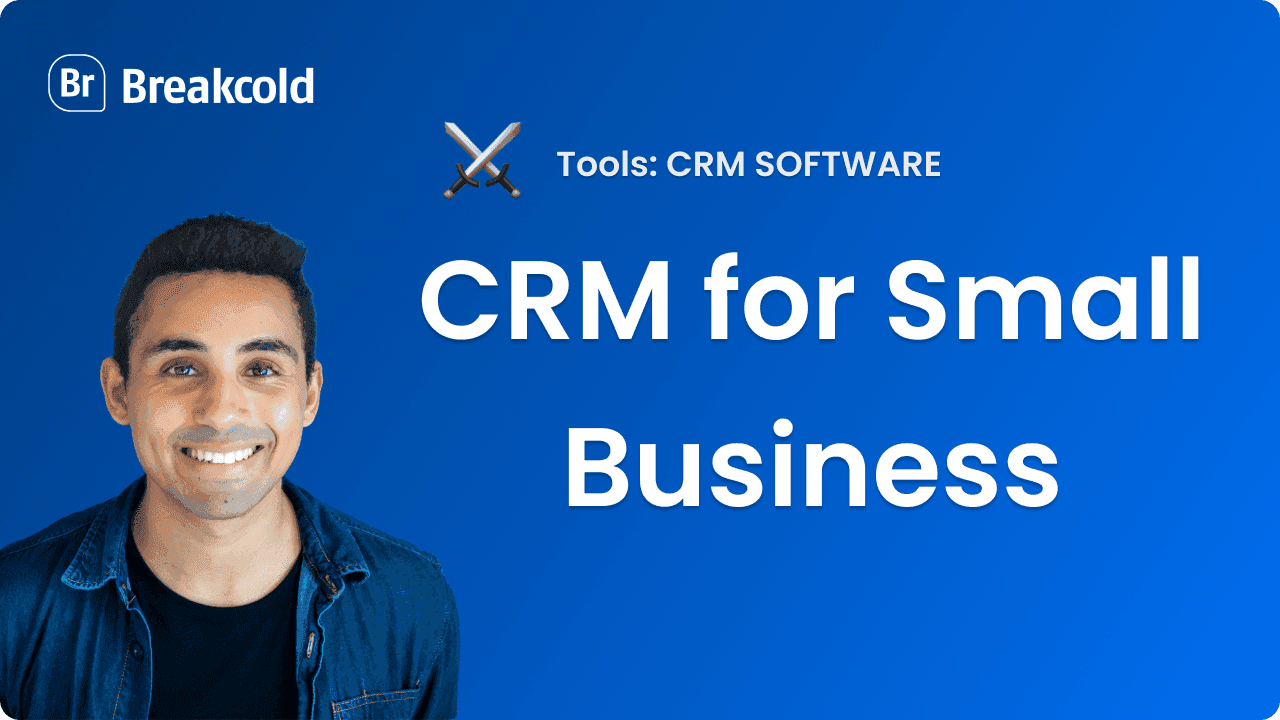Small Business CRM Setup: Your Complete Guide to Customer Relationship Management
Introduction: Why Your Small Business Needs a CRM
Running a small business is like juggling flaming torches while riding a unicycle. You’re constantly balancing multiple tasks, from managing finances to marketing your services and, of course, keeping your customers happy. In this chaotic dance, it’s easy for things to slip through the cracks. This is where a Customer Relationship Management (CRM) system comes into play. Think of it as your digital assistant, helping you stay organized, improve customer interactions, and ultimately, boost your bottom line.
A CRM isn’t just for the big guys with sprawling sales teams. In fact, it’s arguably more critical for small businesses. Why? Because every customer interaction matters. Every lead is precious. A CRM helps you nurture those leads, convert them into paying customers, and keep them coming back for more. Ignoring the power of a CRM is like leaving money on the table. It’s a missed opportunity to streamline your operations and build stronger, more profitable customer relationships.
This comprehensive guide will walk you through everything you need to know to set up a CRM for your small business. We’ll cover the basics, the benefits, the key features to look for, and step-by-step instructions on how to get started. Get ready to transform your business and take your customer relationships to the next level!
The Core Benefits of a CRM for Small Businesses
Before we dive into the how-to, let’s understand the ‘why.’ Why should you invest your time and resources in a CRM? The benefits are numerous and far-reaching, impacting nearly every aspect of your business.
- Improved Customer Relationships: This is the heart of the matter. A CRM gives you a 360-degree view of your customers, allowing you to personalize interactions, remember important details, and anticipate their needs. This leads to happier customers, increased loyalty, and more repeat business.
- Enhanced Sales Efficiency: A CRM streamlines your sales process, automating tasks, tracking leads, and providing insights into your sales pipeline. This frees up your time to focus on what matters most: closing deals.
- Better Marketing Campaigns: CRM data helps you segment your audience and tailor your marketing efforts. You can create targeted campaigns that resonate with specific customer groups, leading to higher conversion rates and a better return on investment (ROI).
- Increased Productivity: By automating tasks and centralizing information, a CRM boosts productivity across your entire team. Everyone has access to the same information, reducing the risk of miscommunication and duplicated efforts.
- Data-Driven Decision Making: A CRM provides valuable data and analytics that help you understand your customers, track your performance, and make informed business decisions. You can identify trends, spot opportunities, and quickly address any issues that arise.
- Improved Customer Service: When customer service reps have immediate access to a customer’s history, they can provide faster and more effective support. This leads to happier customers and a stronger brand reputation.
In short, a CRM isn’t just a piece of software; it’s a strategic investment that can transform your small business. It’s a tool that empowers you to build stronger customer relationships, improve your efficiency, and drive sustainable growth.
Choosing the Right CRM for Your Small Business
The CRM market is vast, with a plethora of options available. Choosing the right one can feel overwhelming, but don’t worry. We’ll break down the key factors to consider when making your decision.
Key Features to Look For:
- Contact Management: This is the foundation of any CRM. It allows you to store and manage contact information, including names, addresses, phone numbers, email addresses, and any other relevant details.
- Lead Management: This feature helps you track leads, qualify them, and nurture them through the sales process. It includes features like lead scoring, lead assignment, and sales pipeline management.
- Sales Automation: Automate repetitive tasks, such as sending follow-up emails, scheduling appointments, and creating sales reports. This frees up your sales team to focus on closing deals.
- Marketing Automation: Integrate your CRM with your marketing tools to automate email campaigns, track website activity, and personalize customer interactions.
- Reporting and Analytics: Gain insights into your sales performance, customer behavior, and marketing effectiveness. This data helps you make informed decisions and optimize your strategies.
- Integration Capabilities: Ensure the CRM integrates with other tools you use, such as your email marketing platform, accounting software, and social media channels.
- Mobile Access: Access your CRM data on the go, from your smartphone or tablet. This is essential for sales teams who spend a lot of time in the field.
- Customization Options: The ability to customize the CRM to fit your specific business needs. Look for a CRM that allows you to add custom fields, create custom reports, and tailor the user interface.
- Customer Support: Choose a CRM provider that offers excellent customer support, including documentation, tutorials, and responsive customer service.
Factors to Consider When Choosing a CRM:
- Your Business Needs: What are your specific goals? What are your pain points? Identify the features that are essential for your business.
- Your Budget: CRM pricing varies widely, from free options to enterprise-level solutions. Set a realistic budget and choose a CRM that fits your financial constraints.
- Ease of Use: A CRM should be user-friendly and easy to learn. Look for a CRM with an intuitive interface and clear instructions.
- Scalability: Choose a CRM that can grow with your business. As your business expands, your CRM should be able to accommodate your changing needs.
- Data Security: Ensure the CRM provider has robust security measures in place to protect your customer data.
- Reviews and Reputation: Research the CRM provider and read reviews from other users. This will give you valuable insights into their strengths and weaknesses.
Some popular CRM options for small businesses include:
- HubSpot CRM: A free, powerful CRM with a wide range of features, ideal for startups and small businesses.
- Zoho CRM: A comprehensive CRM with a variety of pricing plans, suitable for businesses of all sizes.
- Salesforce Sales Cloud: A leading CRM for larger businesses, with a wide range of features and customization options.
- Pipedrive: A sales-focused CRM with a user-friendly interface and a strong focus on sales pipeline management.
- Freshsales: A CRM with a focus on sales and marketing automation, offering a range of features for small to medium-sized businesses.
Take the time to research different CRM options and compare their features, pricing, and reviews. Sign up for free trials to test out the software and see which one best fits your needs.
Step-by-Step Guide to Setting Up Your CRM
Once you’ve chosen your CRM, it’s time to set it up. This process may vary slightly depending on the CRM you choose, but the general steps are the same.
Step 1: Create Your Account and Choose Your Plan
Sign up for an account with your chosen CRM provider. Choose the pricing plan that best fits your needs and budget. Be sure to read the terms and conditions carefully.
Step 2: Customize Your CRM Settings
Most CRMs offer various customization options. Start by setting up your basic company information, such as your company name, logo, and address. Then, configure the settings to match your specific business needs. This might include setting up user roles and permissions, customizing the sales pipeline, and defining custom fields.
Step 3: Import Your Data
Import your existing customer data into the CRM. This typically involves importing data from a spreadsheet or other data source. Follow the CRM’s instructions for importing data, and be sure to map the data fields correctly. Clean up your data before importing it to ensure accuracy.
Step 4: Set Up Your Sales Pipeline
Define your sales stages and customize your sales pipeline to match your sales process. This might include stages like ‘Lead,’ ‘Qualified Lead,’ ‘Proposal Sent,’ ‘Negotiation,’ and ‘Closed Won.’ Configure the settings to automate tasks, such as sending emails and scheduling follow-up calls, at each stage of the pipeline.
Step 5: Integrate with Other Tools
Integrate your CRM with other tools you use, such as your email marketing platform, accounting software, and social media channels. This will streamline your workflow and ensure that data is synchronized across all your systems.
Step 6: Train Your Team
Train your team on how to use the CRM. Provide them with clear instructions, tutorials, and ongoing support. Make sure everyone understands how to enter data, track leads, manage the sales pipeline, and use the reporting features.
Step 7: Start Using Your CRM
Start using your CRM to manage your customer relationships, track leads, and automate your sales process. Encourage your team to actively use the CRM and enter data consistently. The more you use your CRM, the more valuable it will become.
Step 8: Monitor and Refine
Regularly monitor your CRM data and track your progress. Analyze your sales performance, customer behavior, and marketing effectiveness. Identify areas for improvement and refine your strategies accordingly. Continuously optimize your CRM setup to maximize its value.
Best Practices for CRM Success
Setting up a CRM is just the first step. To ensure its success, follow these best practices:
- Data Accuracy is Crucial: Ensure that all data entered into the CRM is accurate and up-to-date. Inaccurate data will lead to bad decisions and wasted time.
- Consistency is Key: Encourage your team to consistently enter data into the CRM. This includes entering all customer interactions, updating lead statuses, and adding relevant notes.
- Regular Data Cleansing: Regularly review and clean up your data. This includes removing duplicate contacts, updating outdated information, and correcting any errors.
- Focus on User Adoption: Make sure your team is using the CRM. Provide training, support, and encouragement to ensure that everyone is actively using the system.
- Leverage Automation: Automate as many tasks as possible to save time and improve efficiency. This includes sending automated emails, scheduling appointments, and creating reports.
- Analyze Your Data: Regularly analyze your CRM data to gain insights into your sales performance, customer behavior, and marketing effectiveness. Use this data to make informed decisions and optimize your strategies.
- Customize for Your Needs: Don’t be afraid to customize your CRM to fit your specific business needs. Add custom fields, create custom reports, and tailor the user interface to make it more user-friendly.
- Integrate with Other Tools: Integrate your CRM with other tools you use to streamline your workflow and ensure that data is synchronized across all your systems.
- Provide Ongoing Training: Provide ongoing training and support to your team. This will help them stay up-to-date on the latest features and best practices.
- Stay Flexible: Be prepared to adapt and change your CRM setup as your business grows and evolves. Regularly review your processes and make adjustments as needed.
Troubleshooting Common CRM Problems
Even with careful planning, you may encounter some common problems when setting up and using a CRM. Here are some tips for troubleshooting them:
- Data Entry Errors: If you’re experiencing data entry errors, review your data entry procedures and provide additional training to your team. Implement data validation rules to prevent errors from entering the system.
- Low User Adoption: If your team isn’t using the CRM, identify the reasons why. Provide additional training, address any concerns, and highlight the benefits of using the system. Make the CRM easy to use and integrate it into their daily workflow.
- Poor Data Quality: If your data quality is poor, implement a data cleansing process. Regularly review your data, remove duplicate contacts, update outdated information, and correct any errors.
- Integration Issues: If you’re experiencing integration issues, troubleshoot the connection between your CRM and other tools. Contact the support teams for both systems for assistance.
- Slow Performance: If your CRM is running slowly, optimize your data and reports. Consider upgrading your hardware or software. Contact the CRM provider for assistance.
- Lack of Customization: If you’re not able to customize your CRM to fit your specific needs, review the customization options available. Consider using a more flexible CRM or seeking help from a CRM consultant.
By addressing these common problems, you can ensure that your CRM is running smoothly and effectively.
Conclusion: Embrace the Power of CRM
Setting up a CRM for your small business is a significant step towards building stronger customer relationships, improving efficiency, and driving sustainable growth. By following the steps outlined in this guide, you can choose the right CRM, set it up effectively, and maximize its value. Remember to focus on data accuracy, consistency, user adoption, and continuous improvement.
Don’t be afraid to experiment, learn, and adapt. The world of CRM is constantly evolving, so it’s important to stay informed and embrace new features and best practices. With the right CRM in place, your small business will be well-equipped to thrive in today’s competitive market.
So, take the leap and start exploring the world of CRM. It’s an investment that will pay off in the long run, helping you to build a more successful and sustainable business. Your customers, and your bottom line, will thank you for it!





